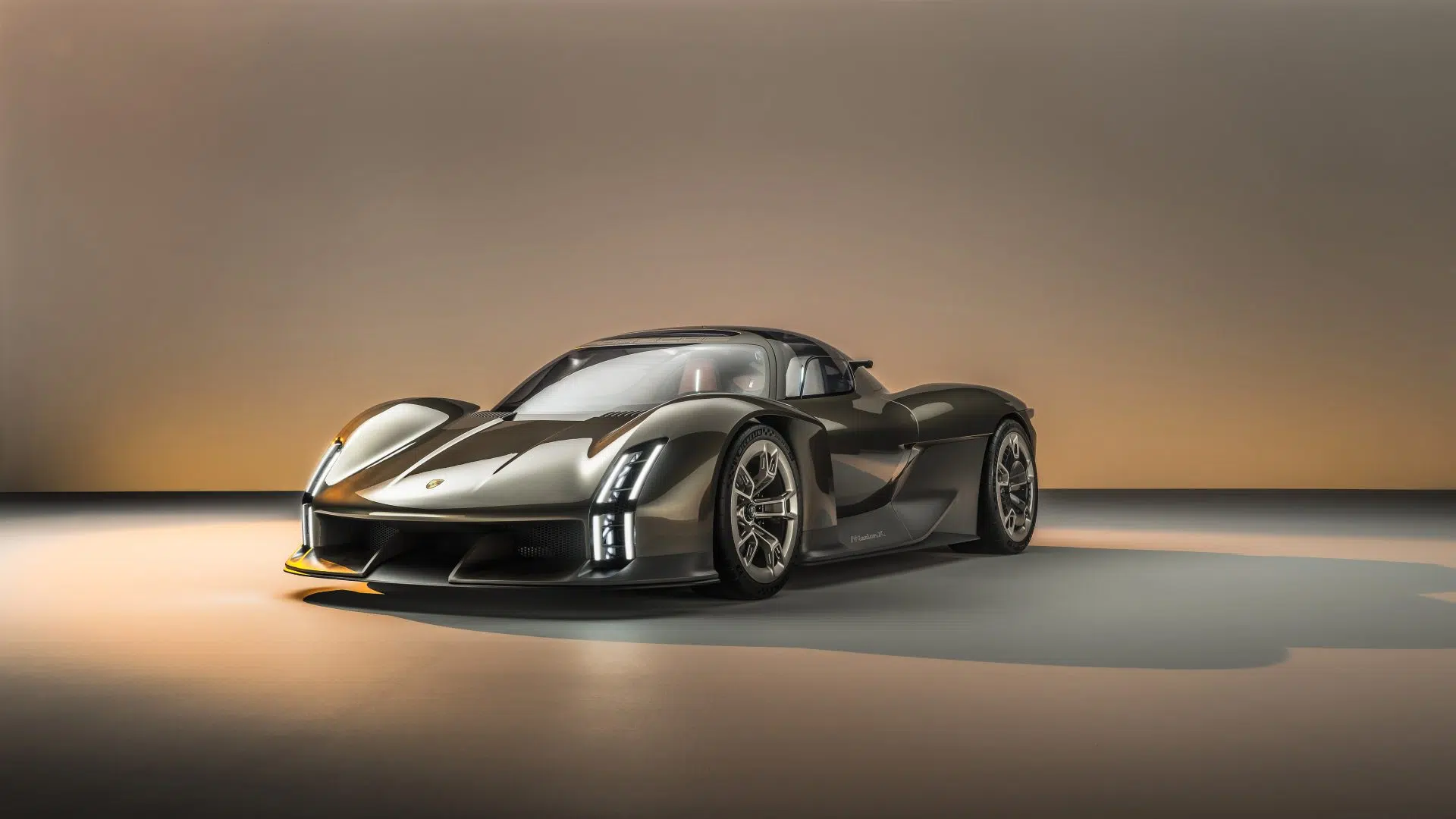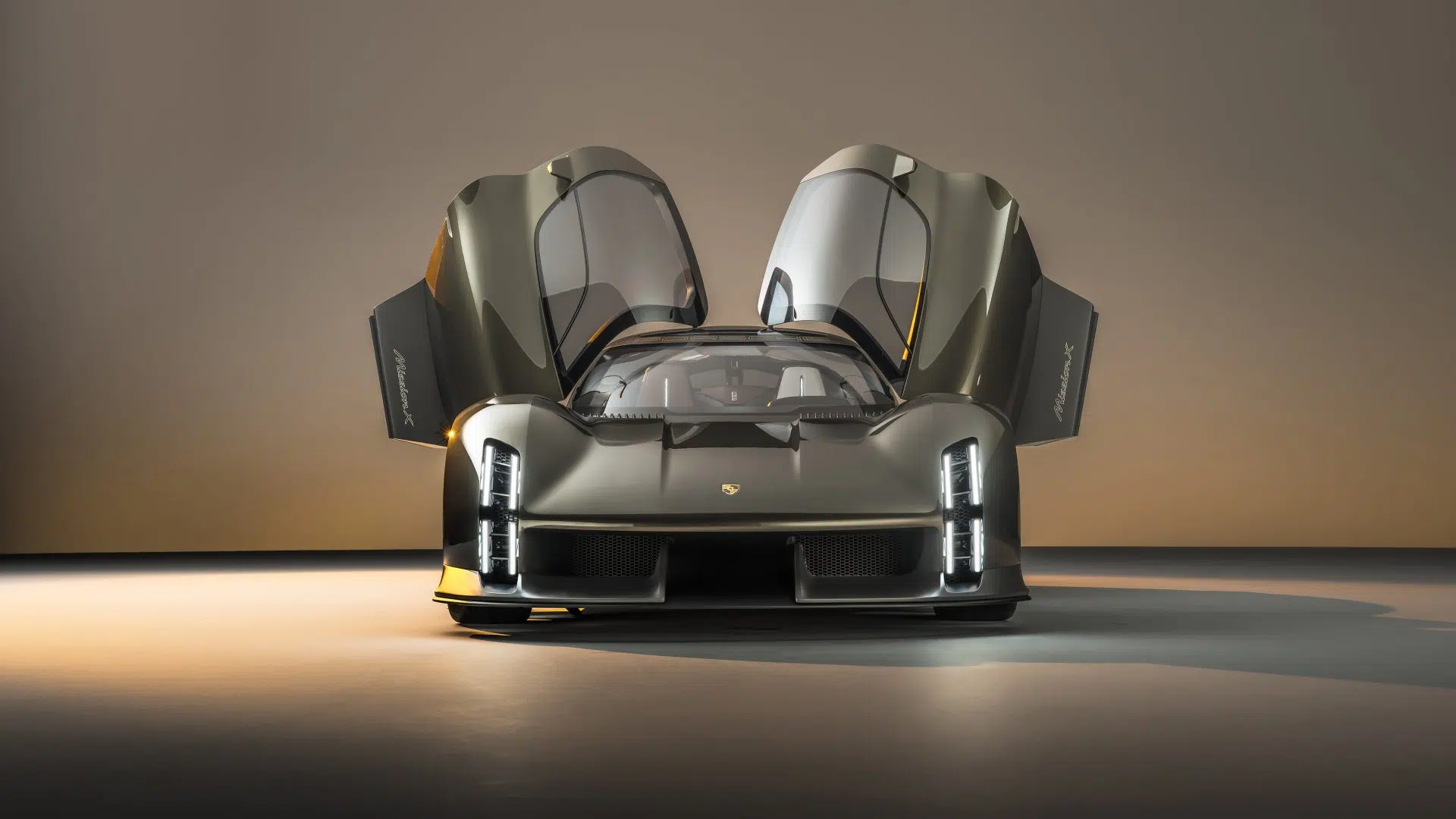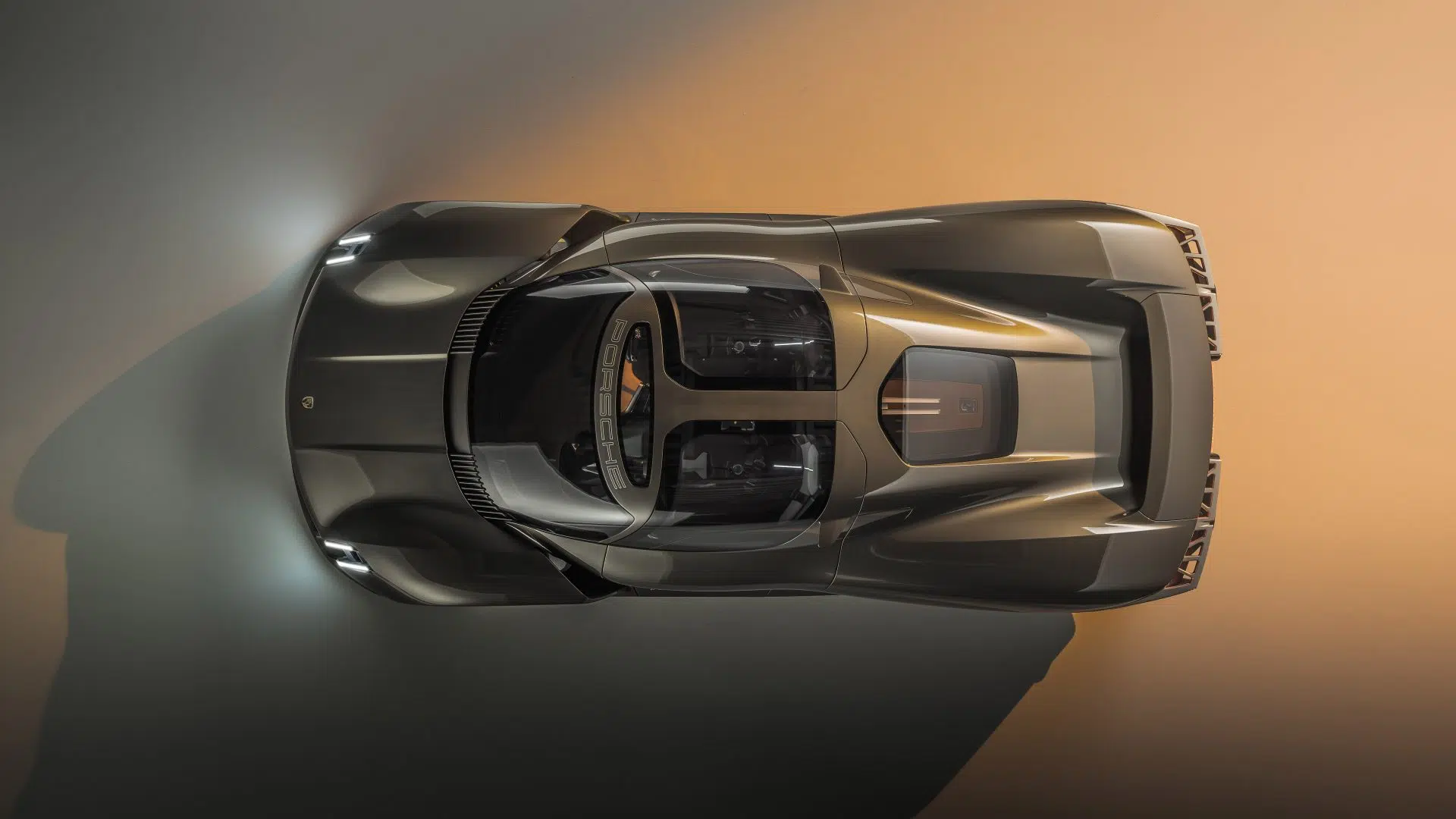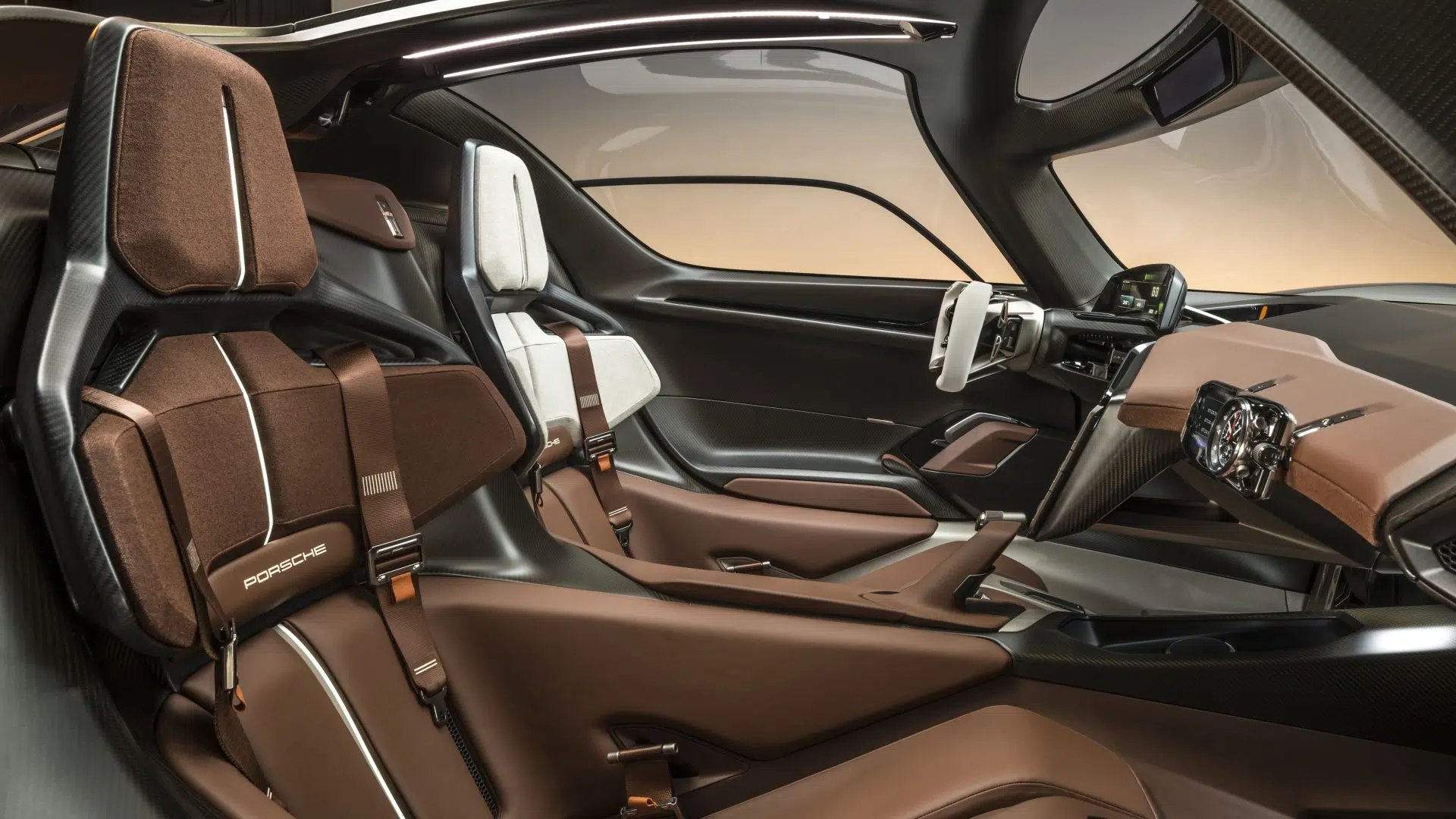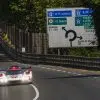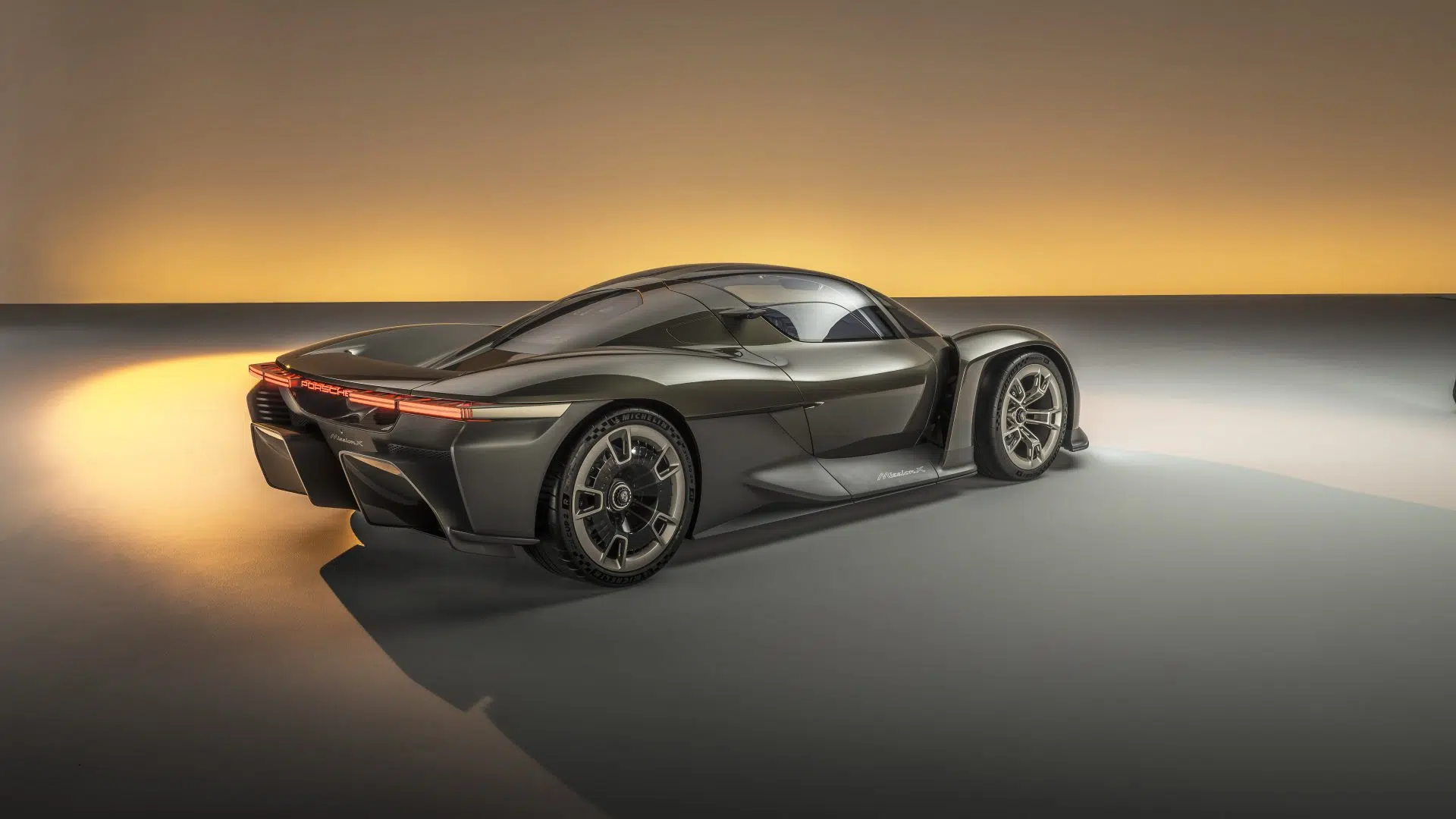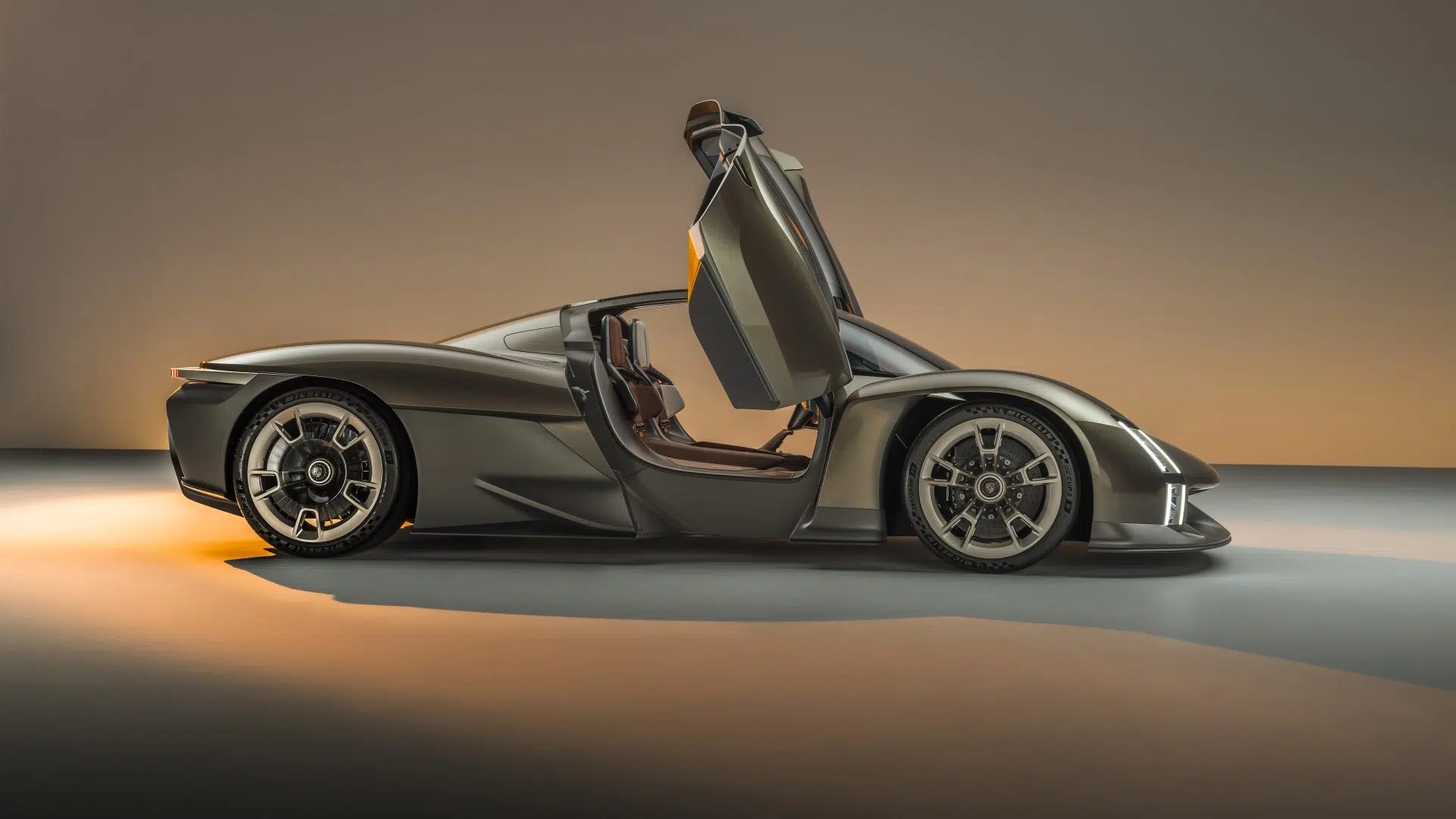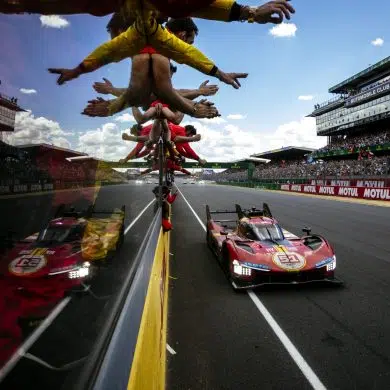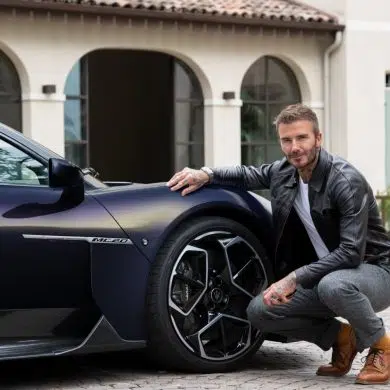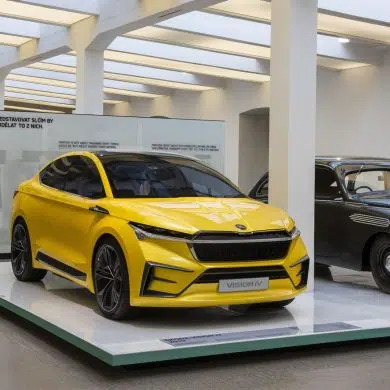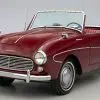Porsche, with a longstanding tradition of pioneering concept cars, has once again broadened horizons for the future. This legacy lives on through the Vision X, a striking reimagination of a hypercar. It flaunts Le Mans-inspired doors that rise to the front and a high-performance electric powertrain that embodies efficiency.
The Vision X, a theatrical two-seater, celebrated its premiere on June 8, 2023 – a day before the ’75 Years of Porsche Sports Cars’ exhibition at the Porsche Museum in Stuttgart-Zuffenhausen. This day marks 75 years since the birth of the sports car brand, when the 356 ‘No. 1’ Roadster, the first automobile to bear the Porsche name, received its general operating permit.
“Porsche Vision X serves as a technological lighthouse for the sports car of the future. Echoing iconic sports cars from our past such as the 959, the Carrera GT, and the 918 Spyder, the Vision X offers a decisive thrust for the evolution of future vehicle designs,” states Oliver Blume, Porsche AG’s Executive Board Chairman. “For us, dreaming big and creating dream cars are inseparable aspects: Porsche has stayed true to itself by constantly evolving.”
Michael Mauer, Head of Style Porsche, notes, “The Vision X is our firm dedication to the core ethos of the brand. This sustained and enhanced manifestation of our brand and product identity provides a critical beacon for our series-production model development. This concept study represents a perfect union of unmistakable motorsport DNA and a luxurious overall aesthetic.”
Measuring approximately 4.5 meters long and two meters wide, the Vision X is a compact hypercar by comparison. With a 2.73-meter wheelbase, its dimensions align with those of the Carrera GT and 918 Spyder. For aerodynamic efficiency, the concept car features mixed-size tires, with 20-inch wheels at the front and 21-inch wheels at the rear.
Design: Traditional Brand Elements Reimagined
The Vision X is an emblem of performance combined with contemporary luxury. Its sculpted silhouette and muscular lines indicate that hypercars don’t have to exude aggression. The car’s low bodywork, less than 1.2 meters in height, is dressed in an exclusive paint color, Rocket Metallic, designed specifically for the concept study. Satin-finished carbon-weave components are found beneath the beltline, allowing their material structure to remain discernible.
The wheel design of the Vision X features intricate details: the rear axle is equipped with nearly transparent aero blades, resembling turbines to enhance brake cooling.
Covering both passengers is a lightweight glass dome with a carbon-fiber-reinforced plastic exoskeleton. The Le Mans-inspired doors are affixed to the A-pillar and roof, and open forwards and upwards, a feature that echoes the legendary Porsche 917 race car. Another significant feature is the light signature: for Vision X, designers have reimagined the iconic Porsche four-point graphic. The vertical base form of the headlights was inspired by historic racing cars such as the Porsche 906 and 908, drawn down towards the road. A high-tech support structure frames the LED light modules, presenting the slim elements of daytime running lights and indicators. When activated, the light effect is reminiscent of an eye blinking open. Once fully illuminated, it conveys a confident statement.
The Modernized Porsche Crest Makes Its Debut on the Vision X
The rear of the Vision X is characterized by a full-length light unit that seems to float. Transparent, illuminated Porsche lettering is a prominent feature. The rear light appears suspended in air, arising from a modern support structure, and extends across the full width of the vehicle in four segments. While charging, the ‘E’ in the Porsche lettering pulsates, adding a touch of mystique.
The Vision X introduces the modernized Porsche crest, detailed with a brushed precious metal, a three-dimensional honeycomb structure, a refreshed heraldic beast, and a subtle gold color. With its sleek, contemporary execution, the refined crest communicates Porsche’s essence. On the Vision X, it is found on the hood, the steering wheel, and the wheel centers in a monochromatic form.
The driver-centric interior design is marked by color-coded asymmetry. The two seats are colored differently, with the driver’s seat and the center console and dashboard in Kalahari Grey, while the passenger seat contrasts in Andalusia Brown. Besides the CFRP seat shells and their six-point seatbelts integrated into the monocoque, other racing-inspired features include the open-top steering wheel with mode switches and shift paddles. Multiple on-board cameras initiate recording at the push of the Record button (REC) on the multi-function controller.
On the passenger side, a stopwatch module can be attached to a bayonet system embedded in the instrument panel. For Vision X, Porsche Design has fashioned a special stopwatch module with an analog and digital display. These clocks, suited for both racetrack and rally use, can display the lap times or vital data of the driver, among other information.
Technical Vision: Setting the Standard in Power-to-Weight Ratio, Downforce, and Charging Performance
Porsche champions e-performance and is at the forefront of sustainable mobility. The Vision X satisfies both objectives to the fullest. With its 900-volt system architecture, the Vision X aims to offer superior charging performance and nearly twice the charging speed of Porsche’s current leading model, the Taycan Turbo S.
The battery is centrally placed behind the vehicle’s seats, creating a ‘e-core layout’ that centers the car’s mass. Like a traditional mid-engine car, this results in excellent agility.
Predecessors: Porsche’s Innovative Super Sports Cars
The Porsche 959 (1985), Carrera GT (2003), and 918 Spyder (2013) were benchmark models in the super sports car world, setting multiple records, from being the fastest series-production car to the first to break the seven-minute mark on the Nürburgring Nordschleife, thereby becoming the conceptual predecessors of Vision X.
In 1985, the Porsche 959 premiered as a technology platform. Its 450 PS six-cylinder twin-turbo boxer engine and aerodynamically optimized body rocketed the super sports car to a top speed of 317 km/h, a world record for a series-production sports car at the time.
The Carrera GT, with its fierce design, 612 PS V10 engine, and unparalleled driving experience, remains an icon among super sports cars.
The 918 Spyder marked the spectacular culmination of Porsche hybrid technology. In September 2013, the 887 PS (652 kW) two-seater was the first road-approved vehicle to crack the seven-minute barrier on the Nürburgring’s 20.6-kilometer Nordschleife, clocking a lap time of 6:57 minutes. Porsche aspires to uphold this e-performance pinnacle with the Vision X, aiming for it to be the fastest road-legal vehicle on the Nürburgring Nordschleife.


